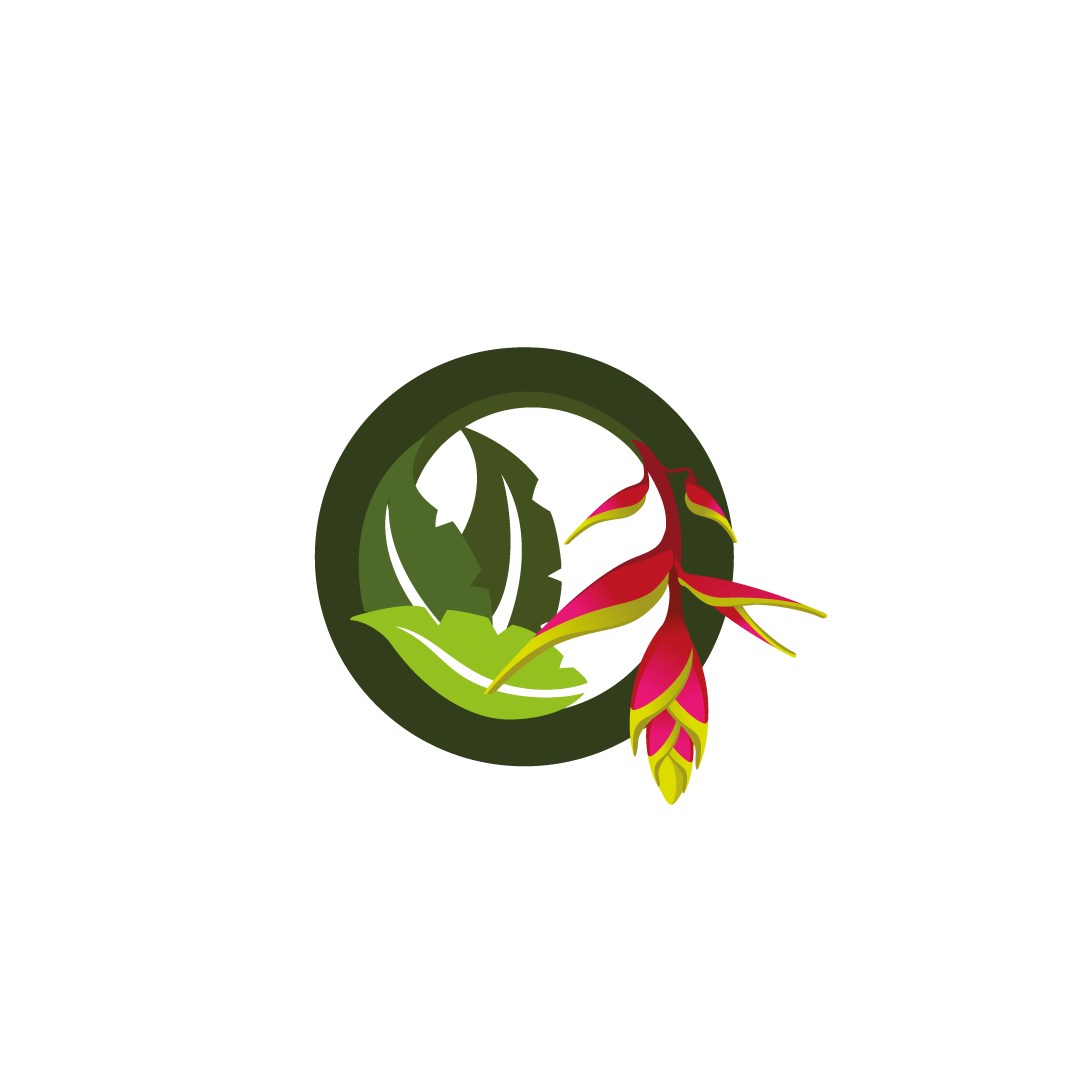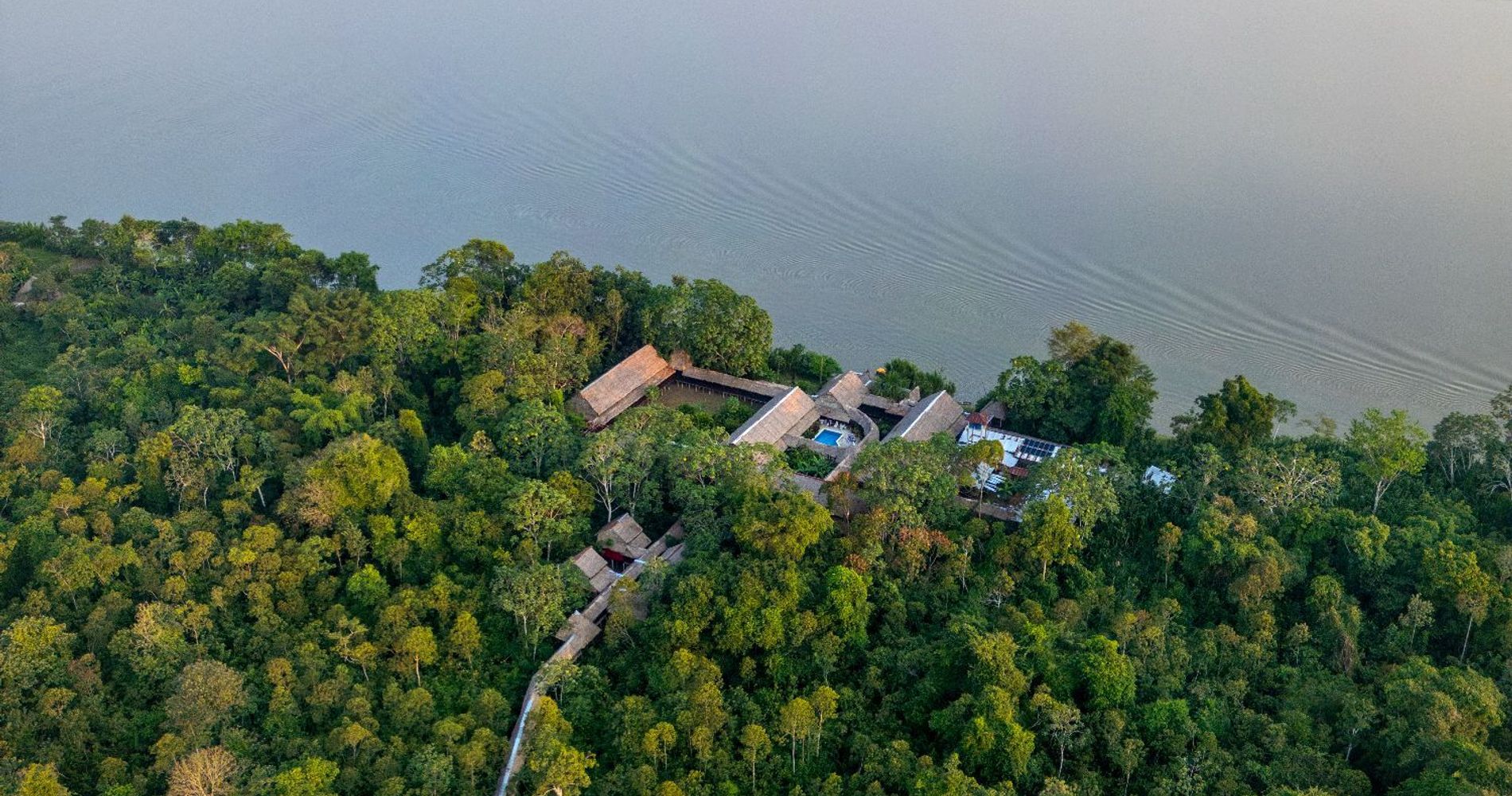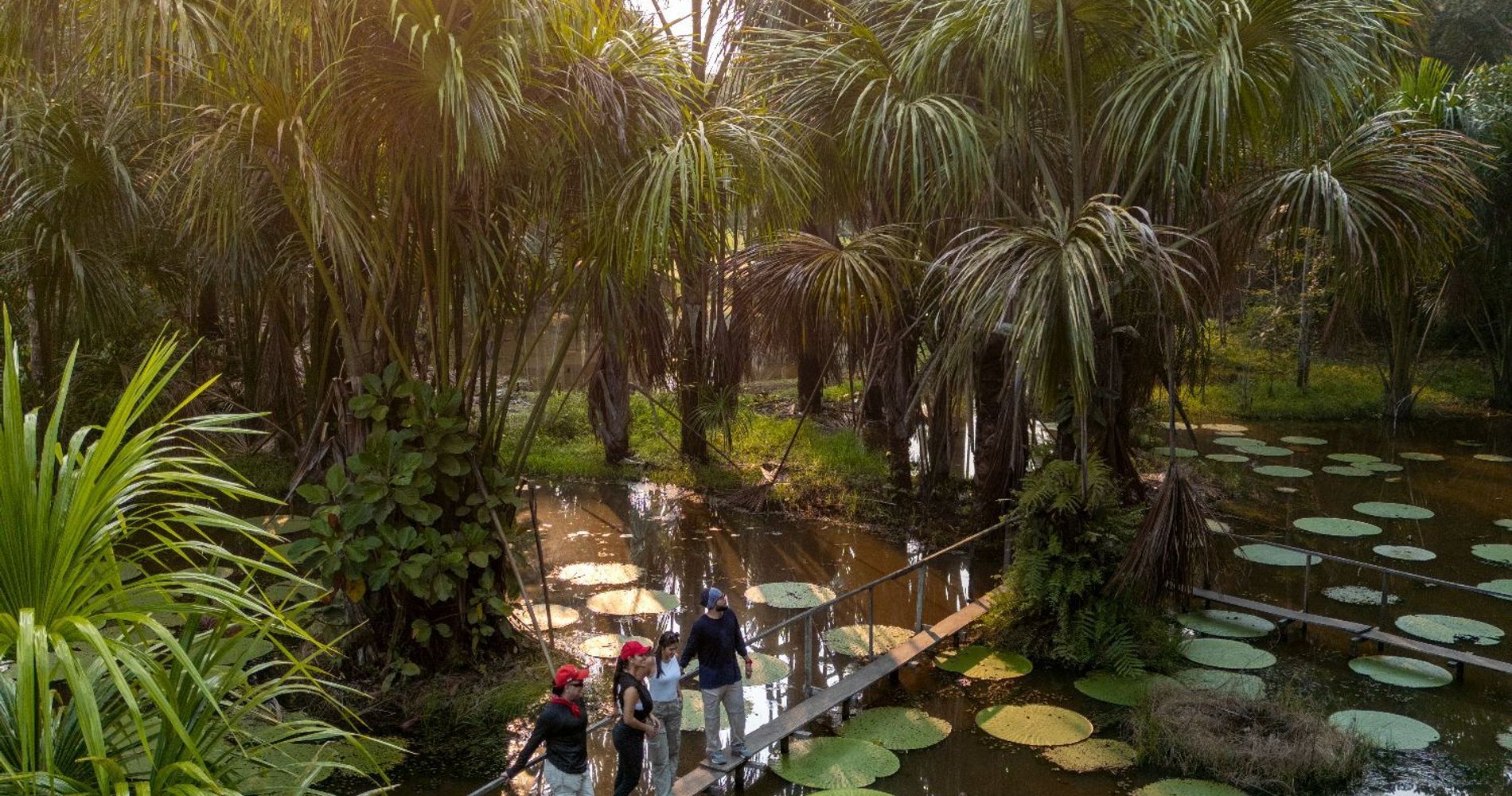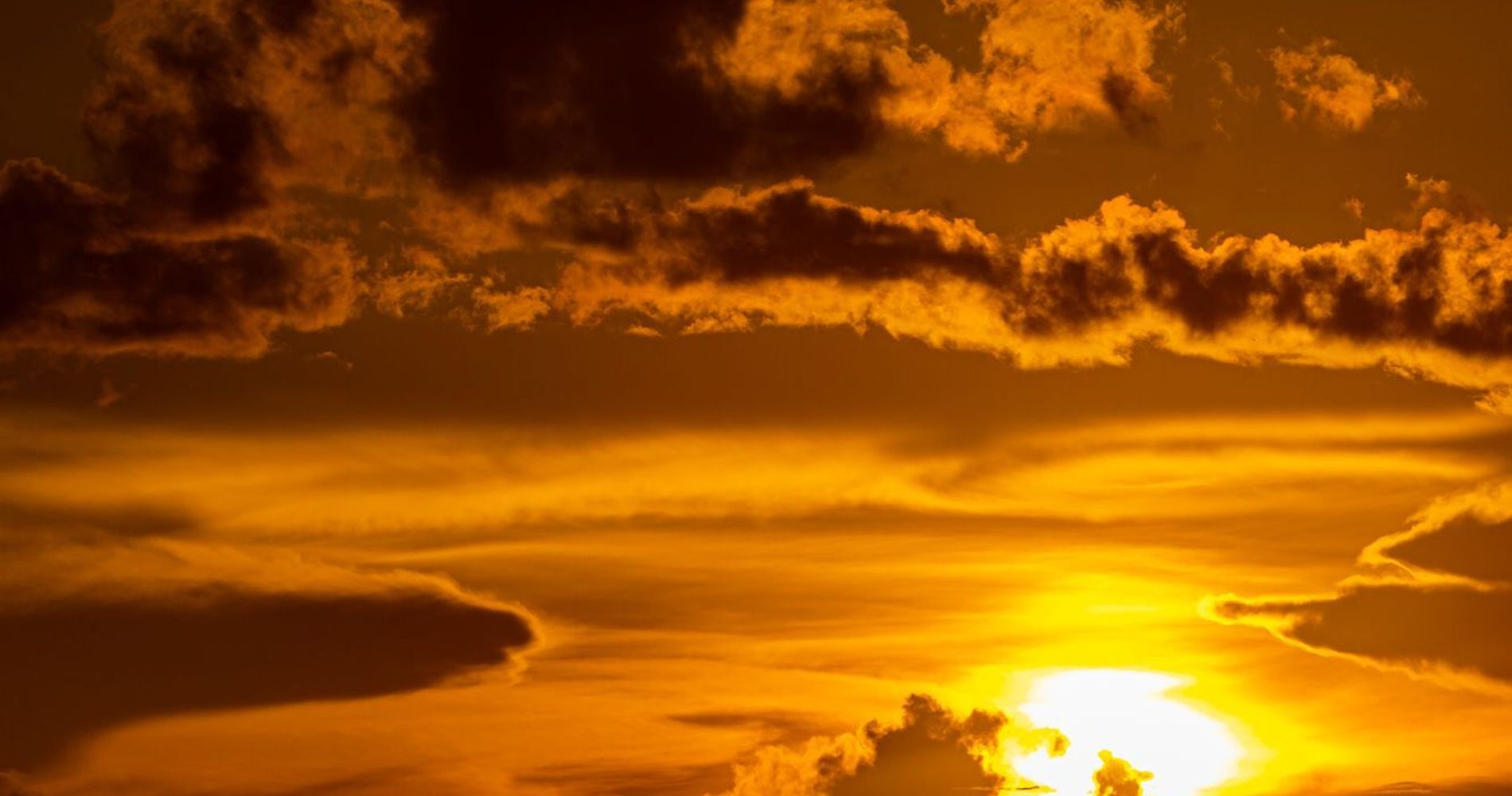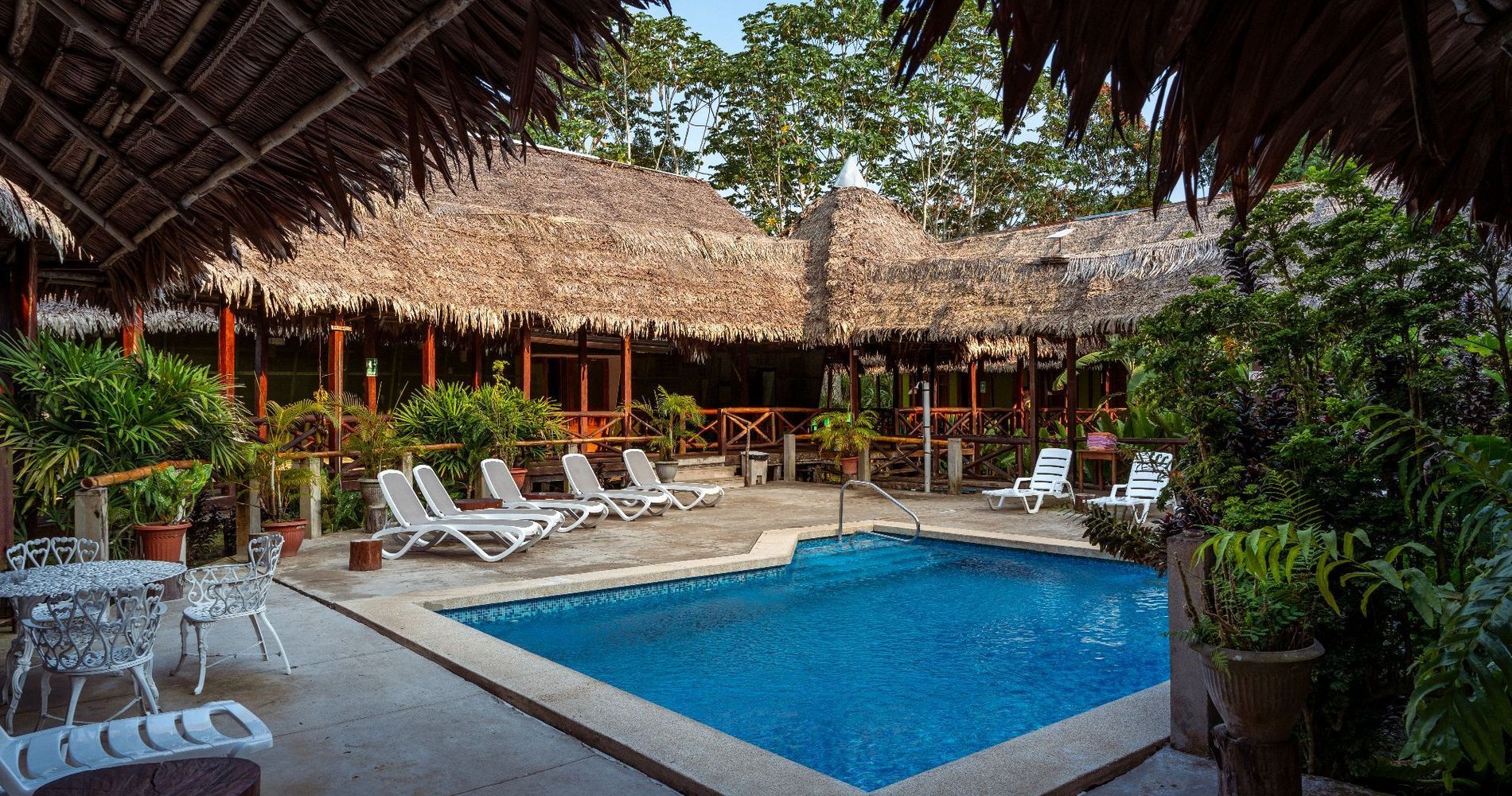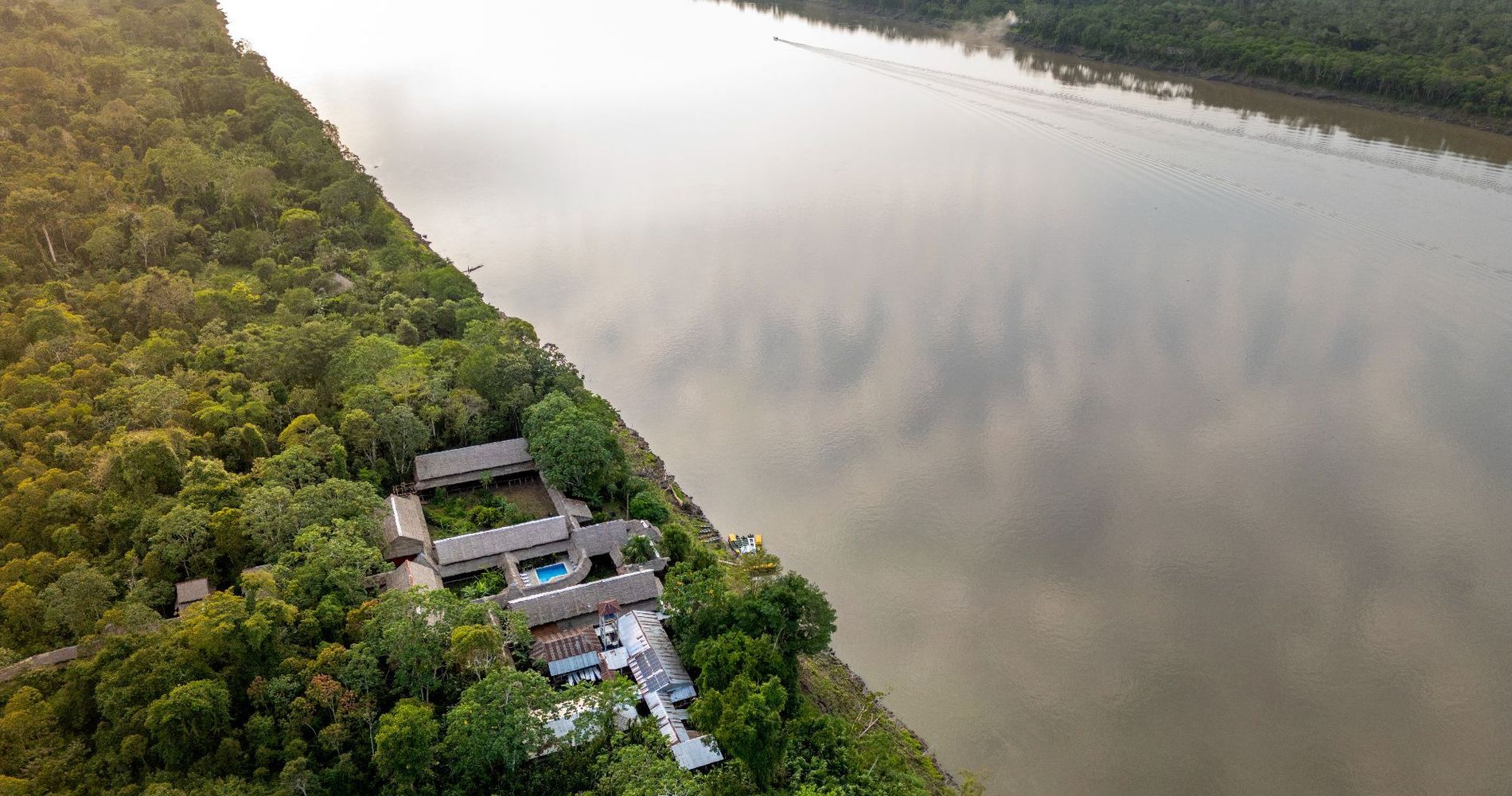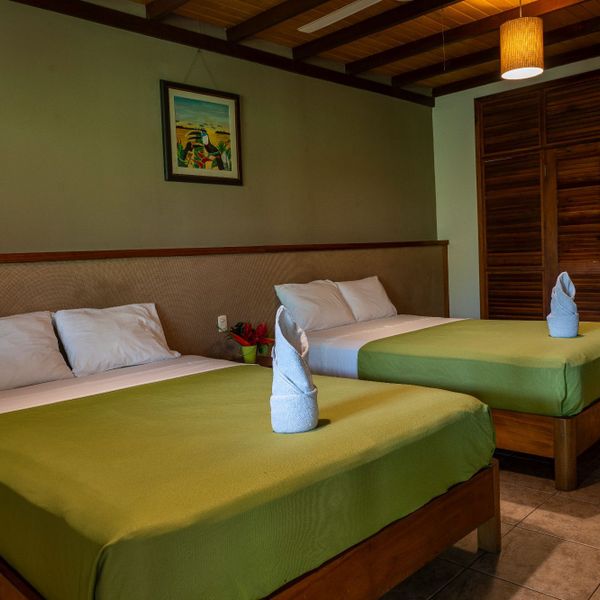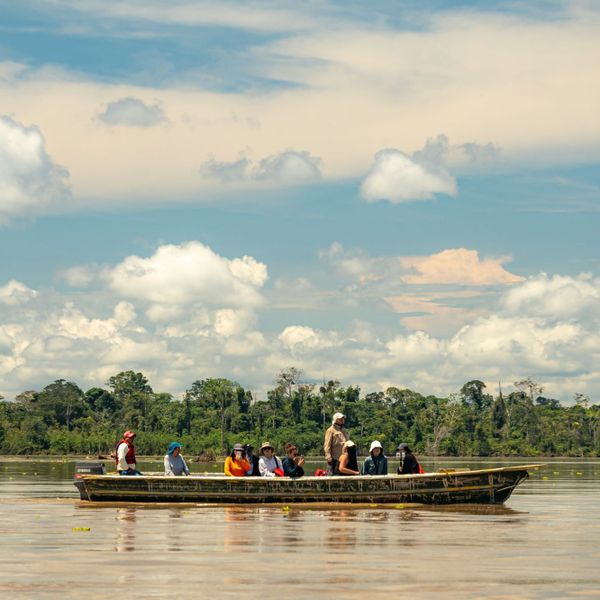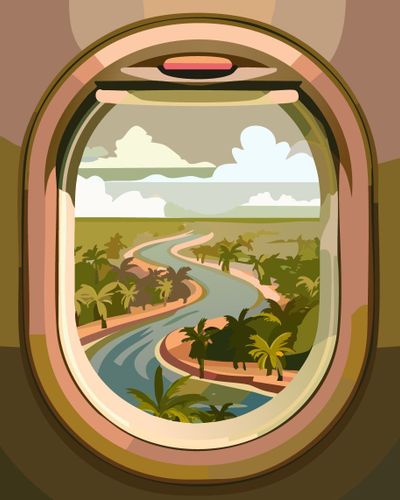10
Lo mejor del hotel:
TODO LINDO
Liz
10
Lo mejor del hotel:
Las instalaciones son muy completas, el personal es muy agradable, discreto y atento. Las excursiones estuvieron muy bien organizados, completas y puntuales. Los traslados en lancha son muy cómodos. Nuestro guía fue Antoni. Un tío encantador, resolvió todas nuestras dudas, nos generó muchísima confianza en la selva.
Daniel, España
10
Lo mejor del hotel:
Everything was perfect. The staff were amazing, the tour guide Antony was great. The food delicious. The room was comfortable. Recommend 100%
Louis, Estados Unidos
10
Lo mejor del hotel:
Una experiencia increíble. Visitar Heliconia y disfrutar de la paz y de la tranquilidad del lugar no tiene precio. Ha sido una experiencia completa, desde los tours, el trato del personal, el contacto con la naturaleza y las explicaciones de guías fueron 10/10. La comida exquisita y los tragos del bar muy buenos. Excelente plan para ir en familia y pareja.
Jose, Perú
10
Lo mejor del hotel:
Lugar espectacular y trato mejor aún. Lucio ha sido nuestro guía, fue súper atento de que no nos faltase nada, nos ha explicado muchísimas cosas sobre el lugar, insectos, animales y demás.. Una persona de 10. El equipo de Heliconia un 10 también. La comida ídem. Un maravilloso recuerdo de este lugar
Noua
10
Lo mejor del hotel:
Ha sido una increíble experiencia. En especial, destacar a nuestro guía Manuel que se ha encargado de que estuviéramos a gusto. Nos ha explicado detenidamente sobre el amazonas, aves, animales, cultura y plantas. Además, es muy gracioso. Estamos muy contentos con nuestra experiencia. Nos ha encantado!! Regresaríamos sin dudas
Isa

